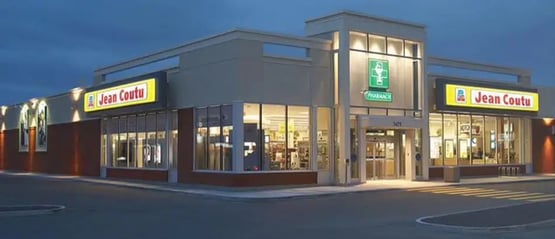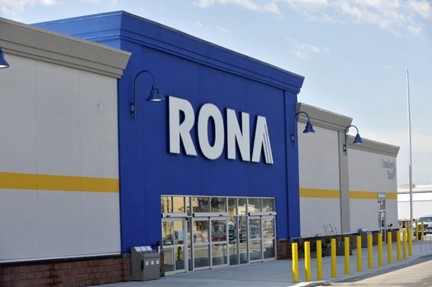INTERNATIONAL NEWS
BY ROBERT STOCKDILL*
Online experience driving e-ticket take-up
The convergence of online and offline retailing solutions and falling hardware prices are leading to widespread
global adoption of electronic shelf labelling.
Five years ago, larger retailers considering electronic price tags were discouraged by the high cost of
implementation. But in the years since, prices have fallen by two thirds and a large retailer can expect a return
on their investment in less than 18 months on technology with a lifespan of seven to 10 years.
Inside Retail spent time at this week’s Retail Asia Expo in Hong Kong talking with Niclas Qvist, area sales
manager for Asia Pacific at Pricer, a Swedish company that claims to have 60 per cent of the international
market for electronic shelf labels.
Qvist says the change in retailers’ attitudes isn’t just due to price. Instead, it’s because there’s an increasing
need to match consumers’ experiences instore with their expectations online. There’s also a demand for
instore prices to be updated in sync with prices online.
Older generation LCD price tags remain the most cost effective means of implementing instantly updatable
pricing, however, newer generation “electronic ink” versions - the same technology as Kindle ebook readers
- offer greater flexibility when it comes to the message and content displayed to the shopper.
Pricer’s clients include Nuance-Watson in Singapore, duty free chain DFS in Hong Kong, France’s Carrefour,
Germany’s Metro and MediaMart Saturn, Australia’s IGA, as well as Woolworths, who is currently trialling a
Pricer solution.
It also has a stranglehold on Japan, where Pricer has no competition, with it astonishingly representing the
nation’s 100 largest retailers.
Qvist says the online retail boom is ensuring a faster rate of adoption, with one Asian retailer that Pricer works
with changing its prices four times an hour.
“That doesn’t mean every price changes, but in a huge price file, about 100 changes every 15 minutes. This is
impossible to keep up with in bricks and mortar stores where you have to manually update tickets," he says.
The more modern Kindle-style tags can feature the same sorts of dynamic information online that shoppers
are increasingly expecting, like star ratings from purchasers and price comparisons with rival retailers.
Supermarkets in Japan use this system - which communicates with backend inventory management and
pricing software via infra red light transmissions - to change prices on perishables automatically or manually
adjusting prices according to stock levels.
For example, the price of a fresh boxed sushi can
be cut progressively during the day to ensure
minimal stock is left to be discarded at the end
of the trade.
The technology is not just being adopted in more
advanced markets such as Australia and Japan,
where labour costs make implementing electronic
labels more economically viable.
The technology is increasingly popular in Africa,
where staff error is seeing as much as 15 per cent
of stock in some stores incorrectly priced at the
shelf, leading to customer disgruntlement at the
checkout when the correct price is charged.
Qvist told Inside Retail research among
consumers shopping at stores with electronic
label systems in place showed 80 per cent did
not even notice the type of tickets. “They’re too
busy looking at the products,” he says.


